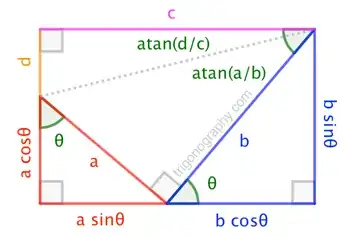Suppose that there is a trigonometric equation of the form $a\sin x + b\cos x = c$, where $a,b,c$ are real and $0 < x < 2\pi$. An example equation would go the following: $\sqrt{3}\sin x + \cos x = 2$ where $0<x<2\pi$.
How do you solve this equation without using the method that moves $b\cos x$ to the right side and squaring left and right sides of the equation?
And how does solving $\sqrt{3}\sin x + \cos x = 2$ equal to solving $\sin (x+ \frac{\pi}{6}) = 1$
